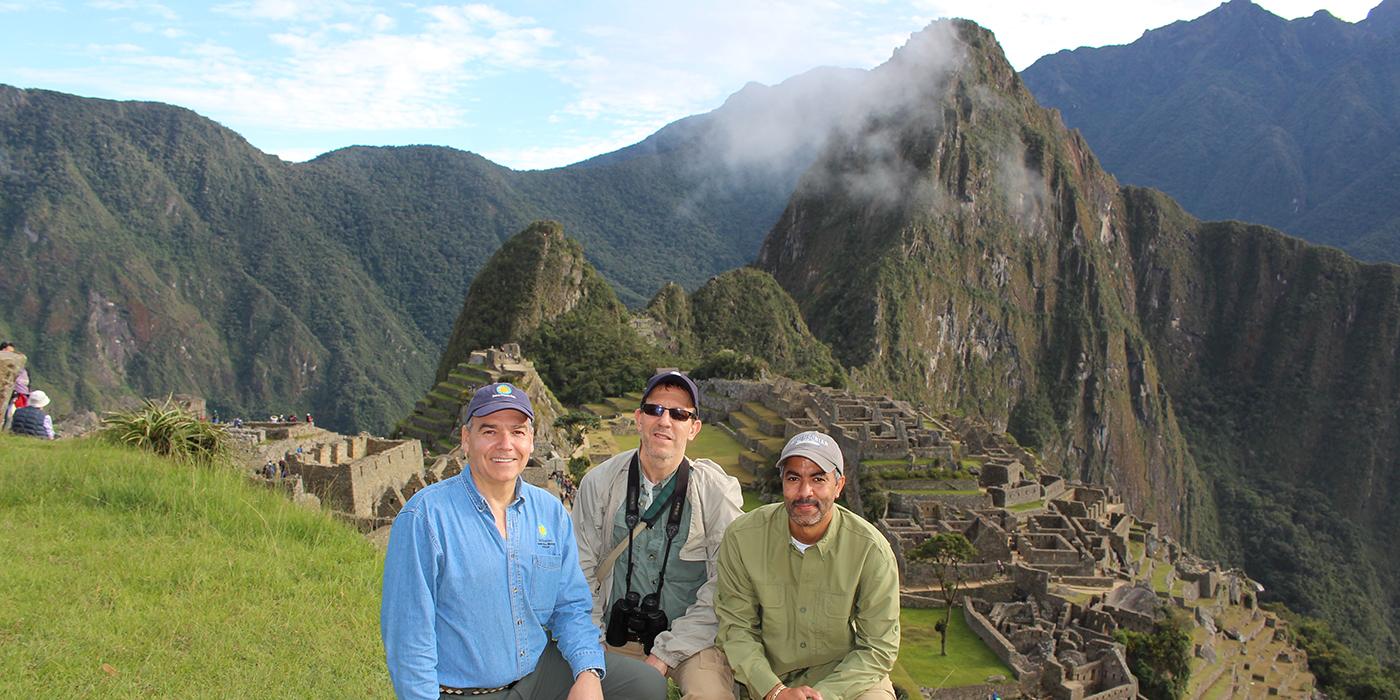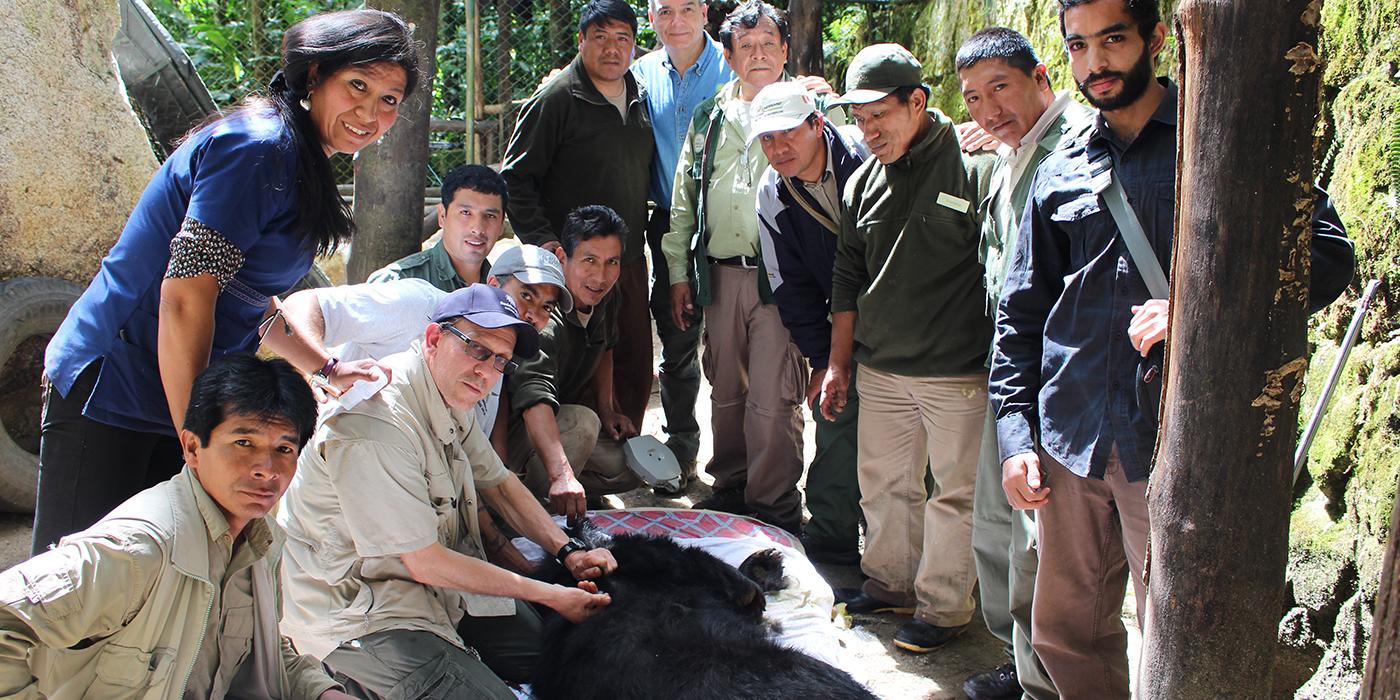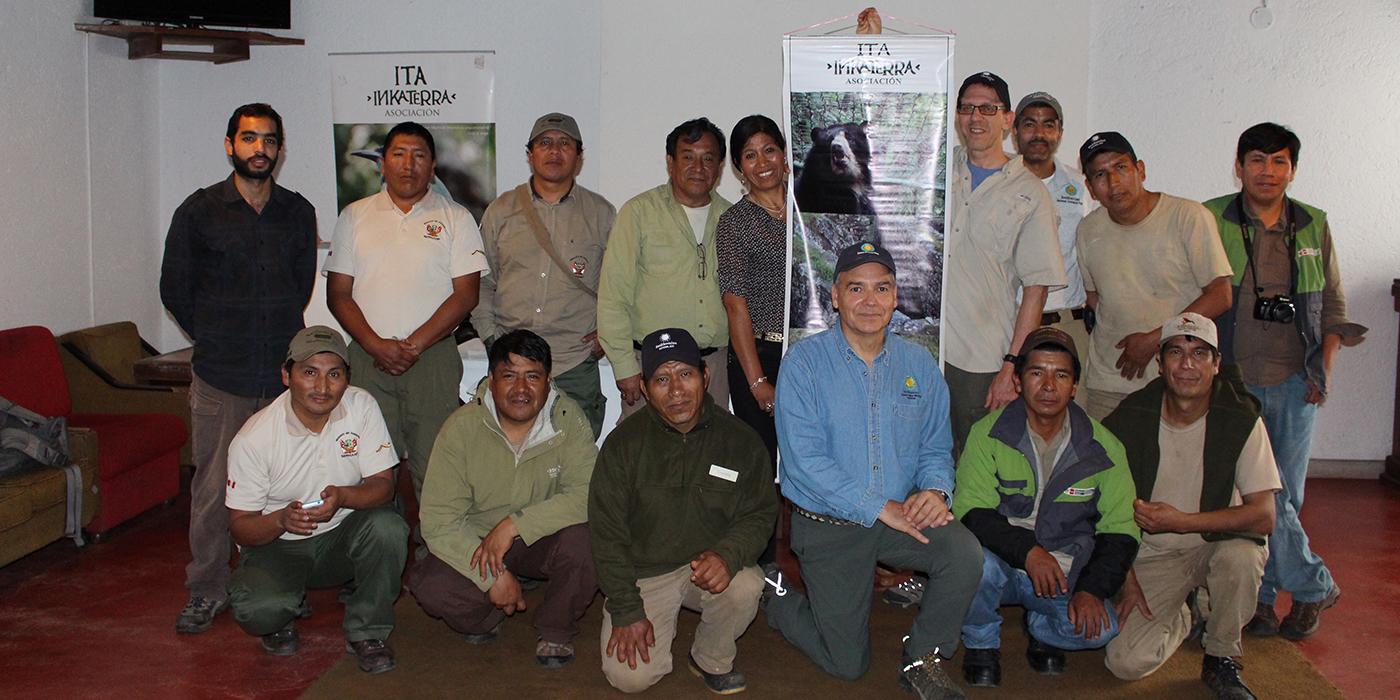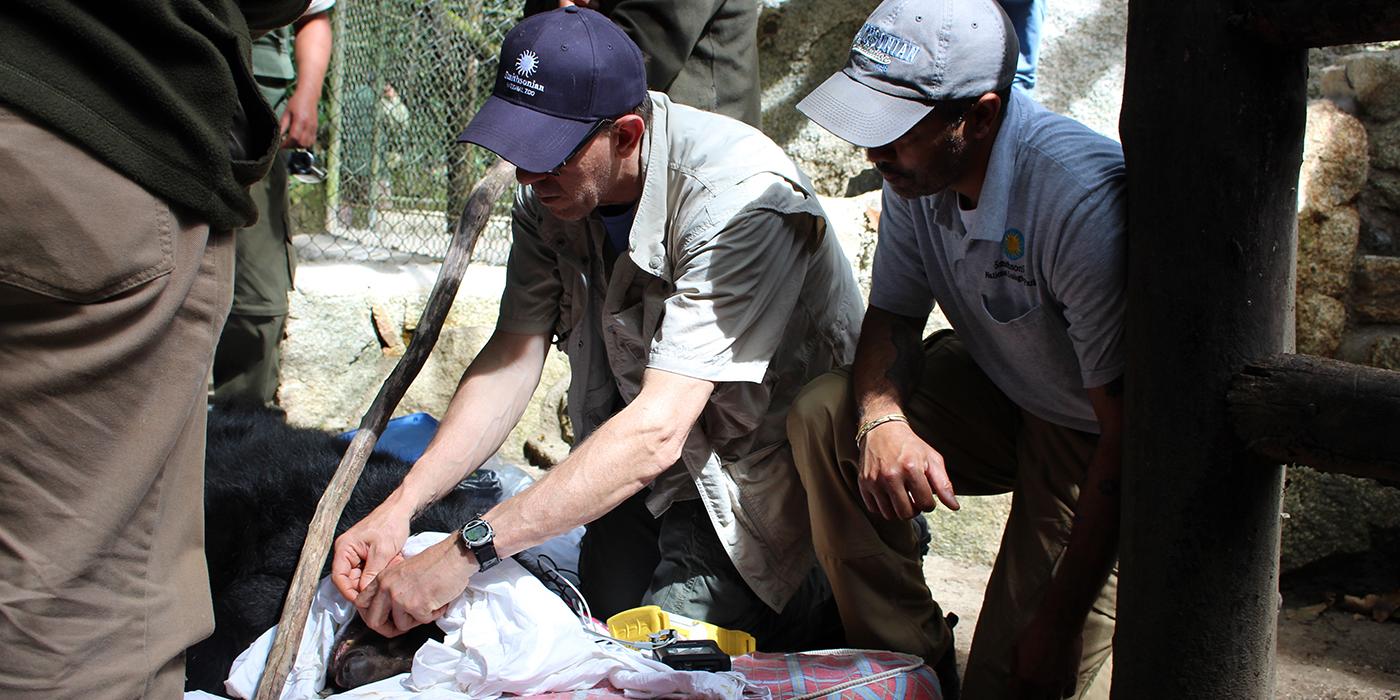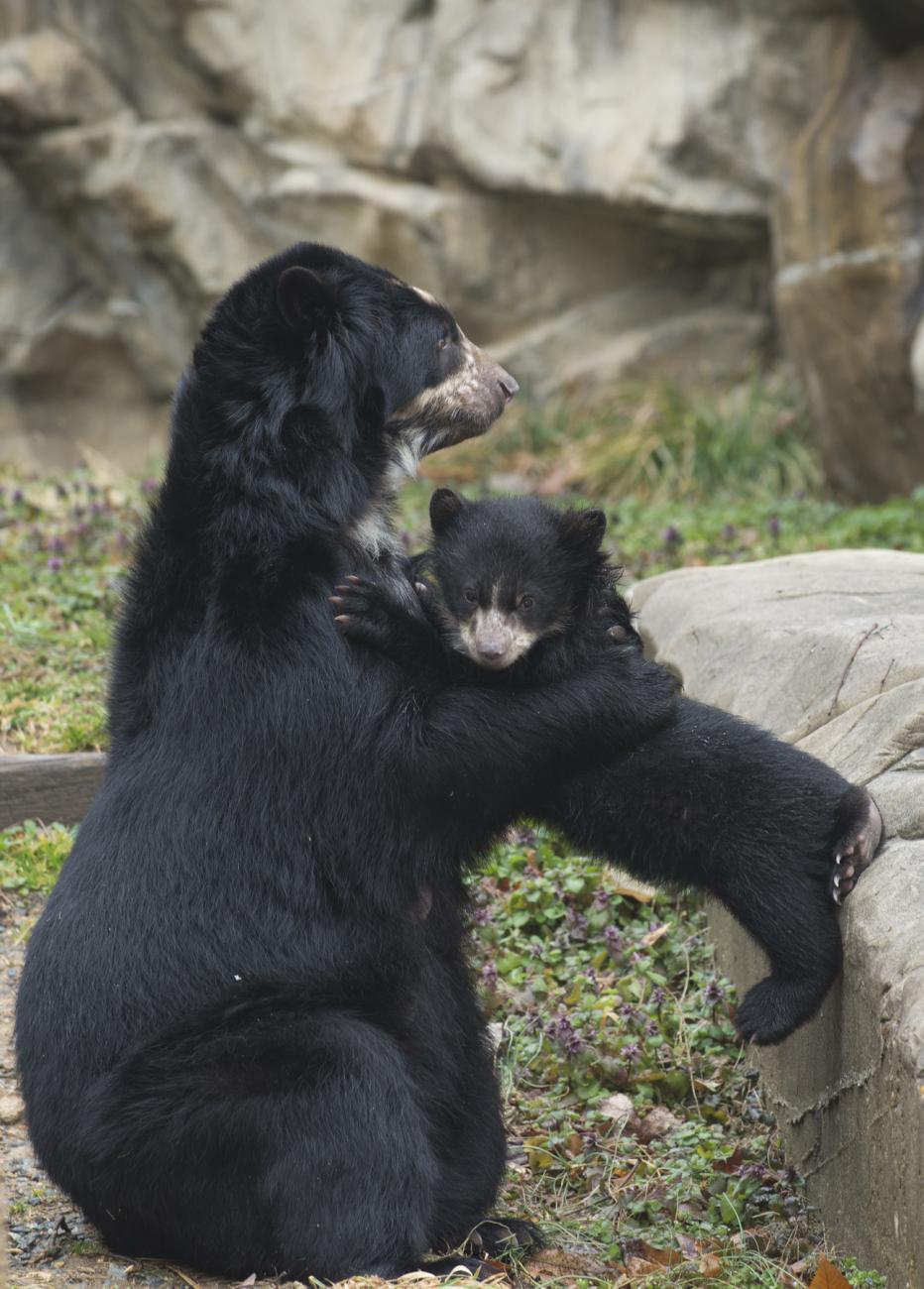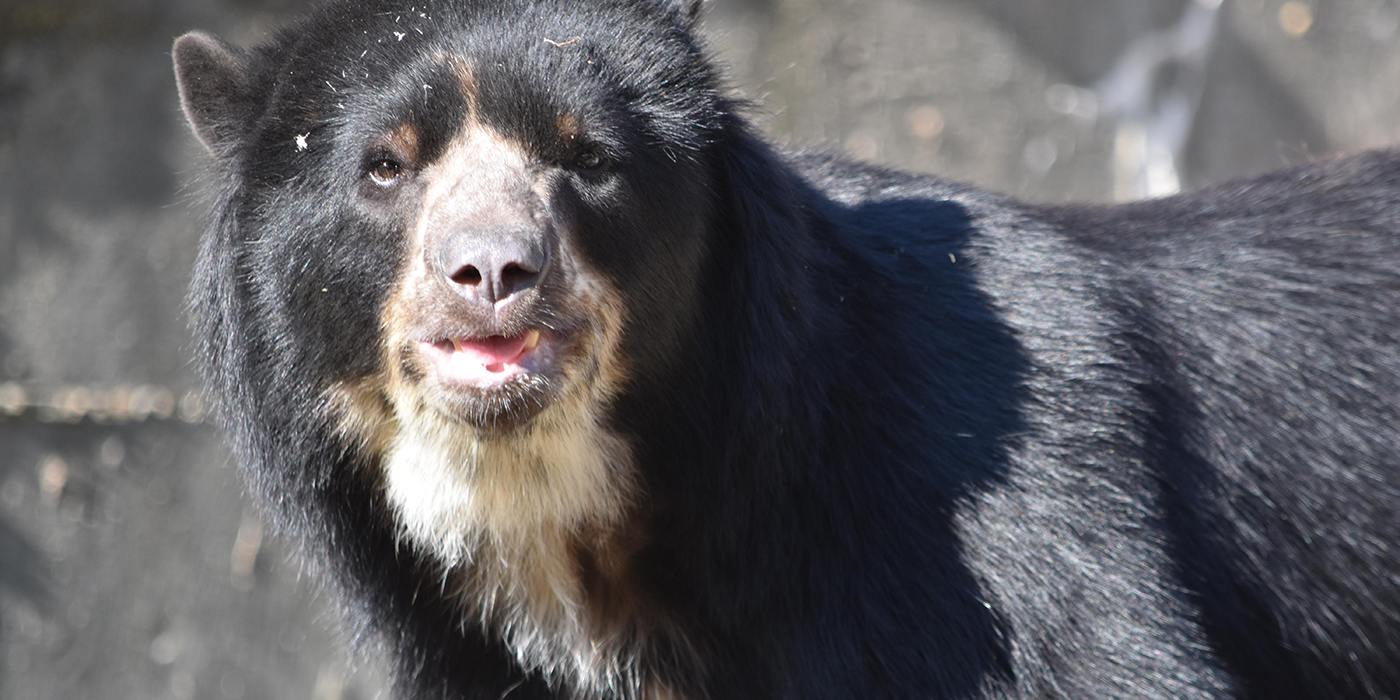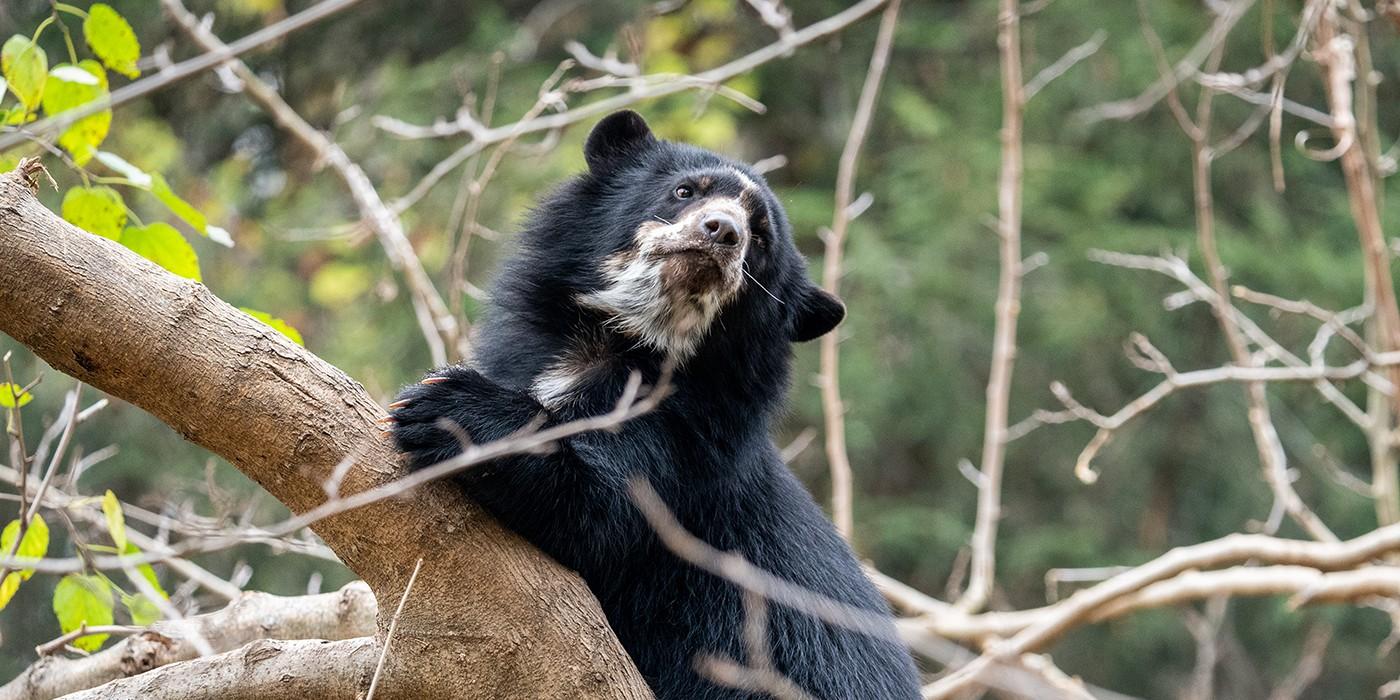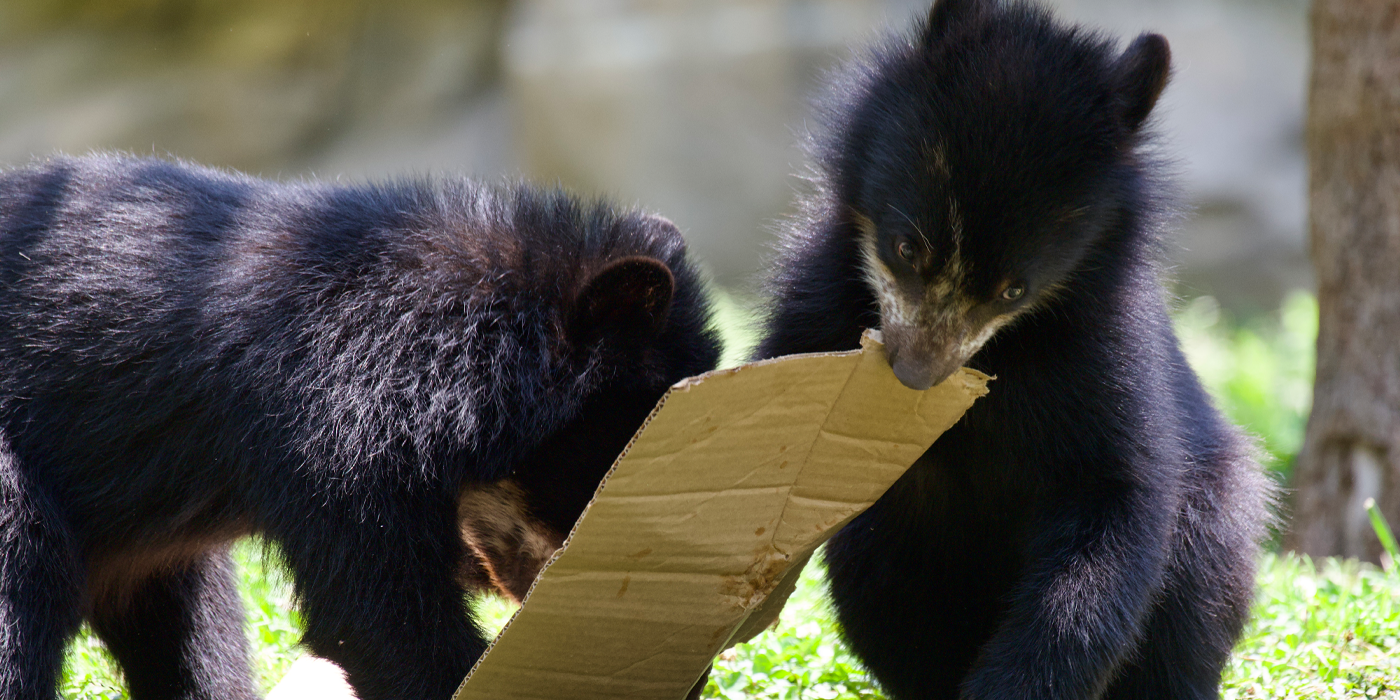Zoo to Peru: Andean Bear Adventure
Smithsonian's National Zoo scientists are all over the globe and, most recently, at the peaks of Machu Picchu, Peru! Andean bear curator Craig Saffoe, chief veterinarian Don Neiffer, and Smithsonian Conservation Biology Institute scientist Francisco Dallmeier trekked to South America to share knowledge with colleagues at the Inkaterra Association, National Protected Area Network and the Ministry of Culture of the Government of Peru.
Want field notes delivered straight to your inbox? Sign up for the Zoo’s e-newsletters.
Why did you travel to Peru?
The Zoo received a generous donation to its bear conservation program that allowed us to travel from Washington, D.C. to Machu Picchu, Peru to collaborate with colleagues from the Inkaterra Association and the Peruvian government to learn about their Andean bear program and help develop a strategy to enhance conservation, education and management of the captive and wild populations of Andean bears in the Machu Picchu Sanctuary.
Inkaterra has a significant amount of resources in the form of land and in their ability to manage captive Andean bears to promote conservation, education and research. They have two management areas that currently house four bears, which they designate as "captivity" and "semi-captivity." The captivity area was comparable in size to enclosures like the ones here at the Zoo. The semi-captivity enclosures, however, were expansive and much more akin to the pastures we have at the Smithsonian Conservation Biology Institute, and surrounded by the Machu Pichu Sanctuary protected areas, which are home to wild Andean bears. Those enclosures are ideal for bears that are rehabilitated and released back into the wild, as well as for cubs born on site that could potentially be released into the wild.
What does animal management involve?
Animal management is a crucial component when it comes to answering the question, "how do we save species?" Ensuring the overall health and well-being of animals in human care includes access to veterinary care, proper nutrition, and meeting husbandry needs such as enrichment, socialization, and breeding. Developing a plan that encompasses all of these things not only creates the best living conditions for these animals, but also provides the best chance for successful reproduction to occur.
Because the Smithsonian's National Zoo has had such great success in breeding Andean bears, our Inkaterra colleagues reached out and asked us to present on our management, veterinary care, and husbandry best practices, as well as our recipes for breeding success. As many of our Friends of the National Zoo members and fans know, our female Billie Jean has been a rock star mom, producing six cubs in as many years (75% of all the surviving Andean bear cubs born in AZA zoos since 2005)!
What challenges do our colleagues at Inkaterra face?
Inkaterra is relatively new to approaching captive husbandry as an avenue to conservation. The keepers and staff at Inkaterra are outstanding care givers and are passionate about the bears. However, being new to exotic animal husbandry they set a goal of moving their program forward and learning as much as possible about the most current best practices in husbandry, veterinary care, and nutrition.
Inkaterra's biggest goal is to improve husbandry to the point that they can create optimum conditions for breeding to occur. They had a lot of questions about why they have not had cubs born, and we believe it has a lot to do with the way in which the bears are housed. It appears that the males and females may be spending too much time together. Andean bears generally only come together for breeding.
Another big component of this trip was to provide Inkaterra with some of the instruments they need for safely anesthetizing and performing basic physical examinations on the bears. Inkaterra maintains a consulting veterinarian on staff who treats both domestic and non-domestic species. One of the veterinarian's challenges has been the absence of darting equipment which is commonly used to deliver vaccinations, treatments, and anesthetics to captive and free-ranging bears. Through the donation, we were able to provide Inkaterra with a full complement of remote injection equipment. Many of the staff at Inkaterra had never used this equipment, so we held a training laboratory. We performed darting techniques and discussed how to do an assessment—from start to finish—safely. In addition, one of the female bears was anesthetized for health assessment, allowing us to demonstrate anesthesia best practices.
We provided what we've learned about Andean bear nutrition over the years, as well. Back in Washington, D.C., the Zoo's nutrition team consulted with Inkaterra regarding the foods that are available seasonally and locally within the region.
What recommendations did you make?
The most significant needs of the Inkaterra program include facility changes that allow for greater flexibility in animal management, training in operant conditioning (the same kind of positive reinforcement training that we use here at the Zoo), taking an in-depth look at the bears’ nutritional needs, and, finally, continuing to learn and perform best practices in veterinary care.
What did you learn?
We were able to gain firsthand knowledge about the Andean bears' native habitat and the challenges they face, especially from land development. It was also eye-opening to hear about the species from the people who live alongside it!
How can international collaboration help save bears?
The most effective way for us to ensure a future for Andean bears at the National Zoo, Inkaterra, and around the world is by collaborating with other animal care professionals and sharing our knowledge and experiences. Because we have been refining our Andean bear program for many years, we can make a significant difference in taking what we've learned and turning it into something that helps these amazing animals in their homeland. It's encouraging to think that from our ongoing collaborations, Inkaterra can one day become a training station for other facilities that want to care for Andean bears—like a gift that keeps on giving.
International collaborations are essential to protect the future of Andean bears. Captive bears act as ambassadors for conservation and help educate the public about their wild counterparts. Similarly, we need to protect wild species by conserving their habitats and teaching the people who share those habitats about these bears.
Related Species:
